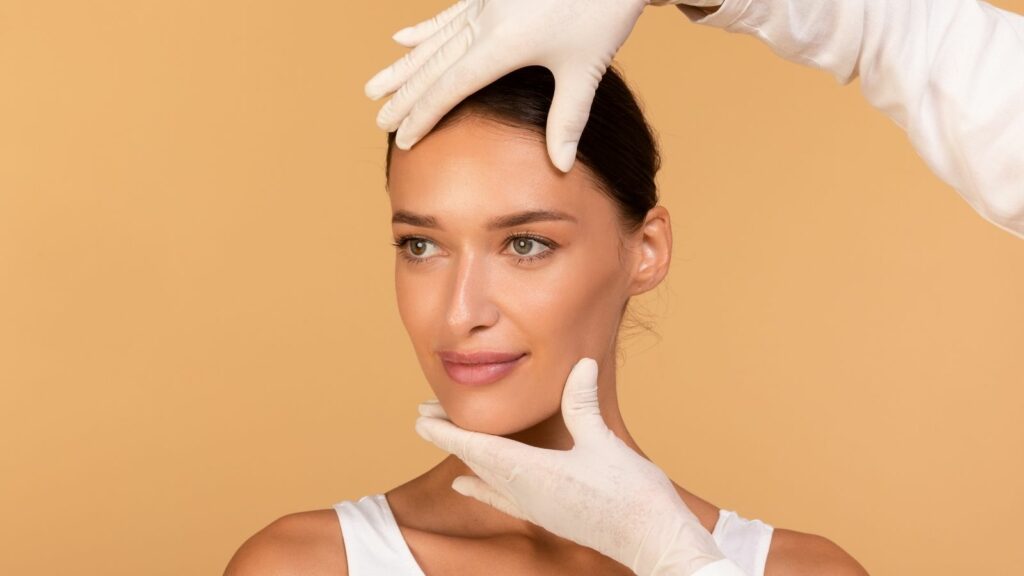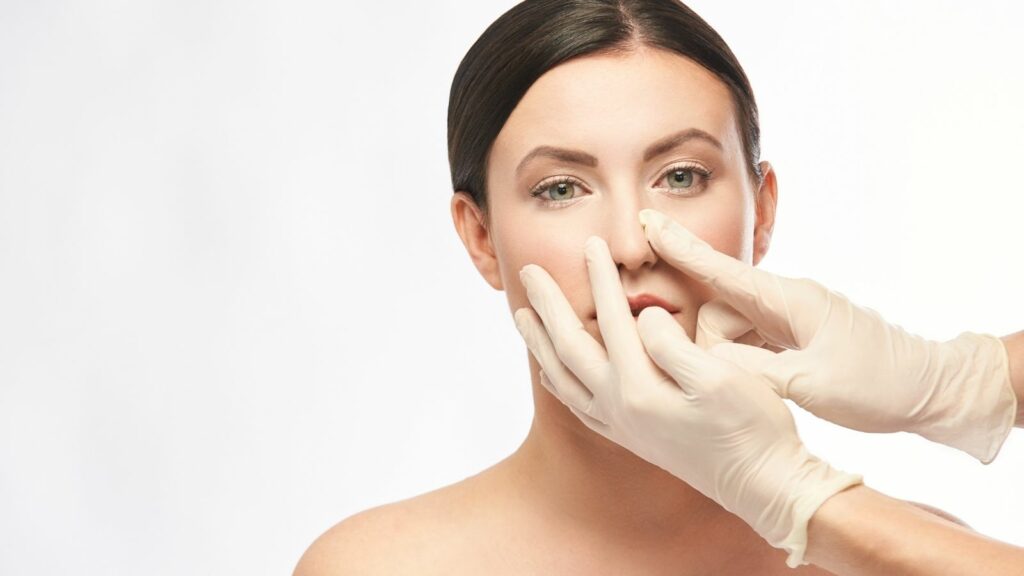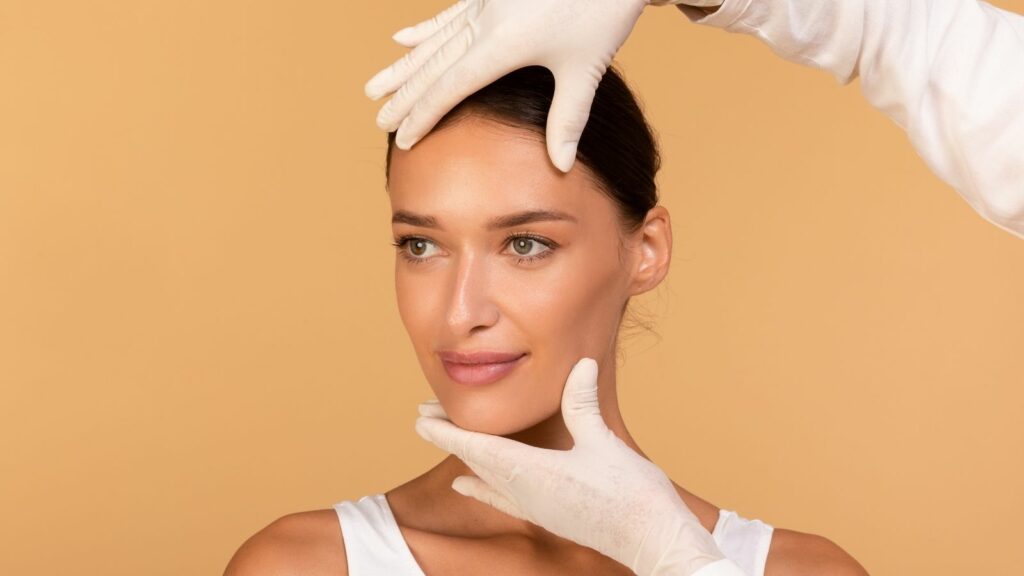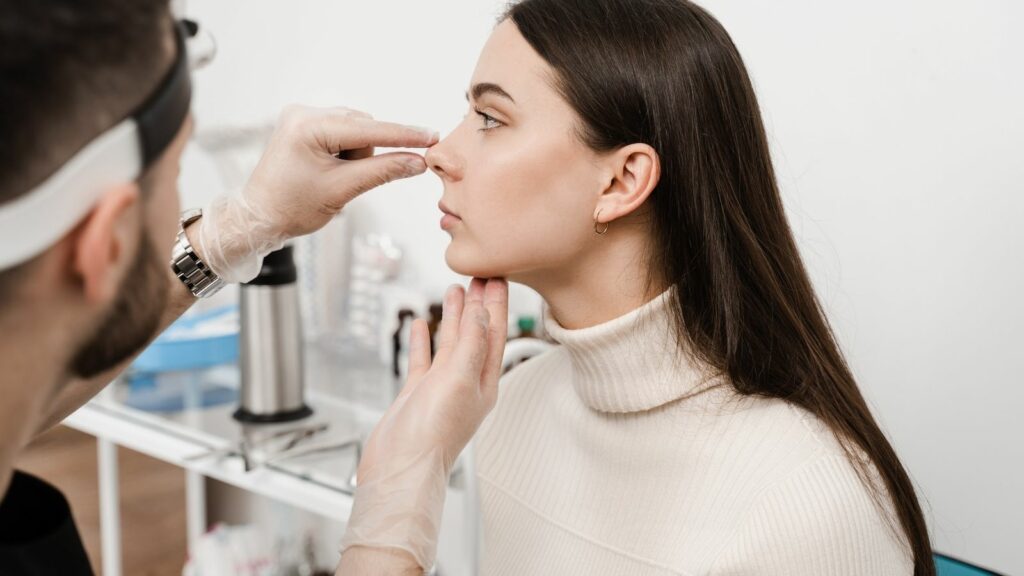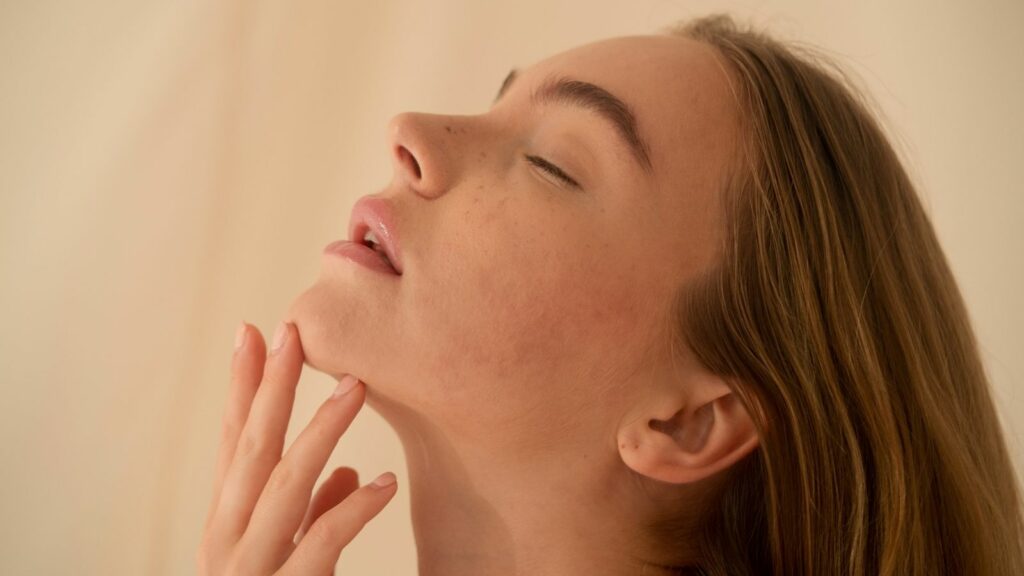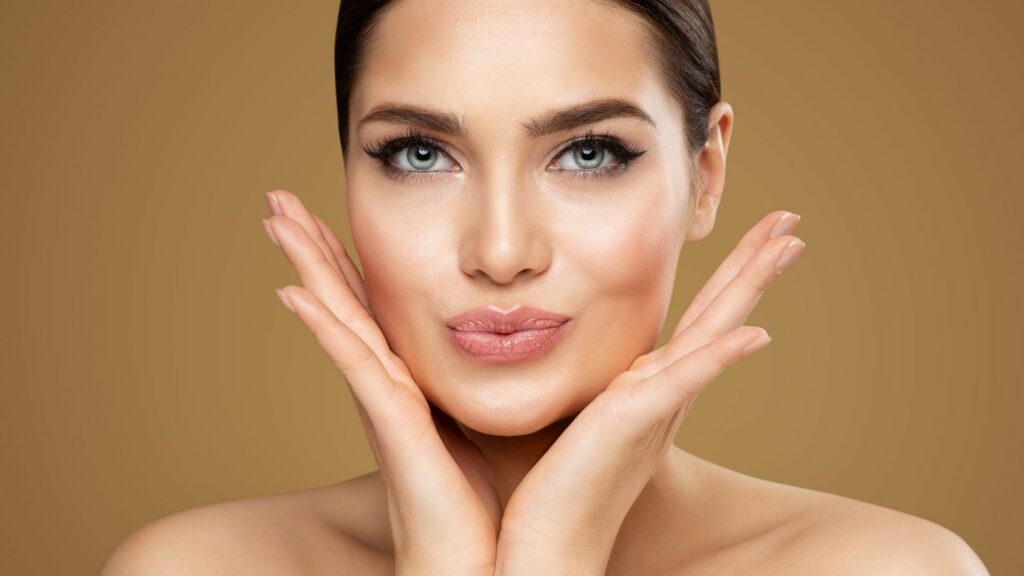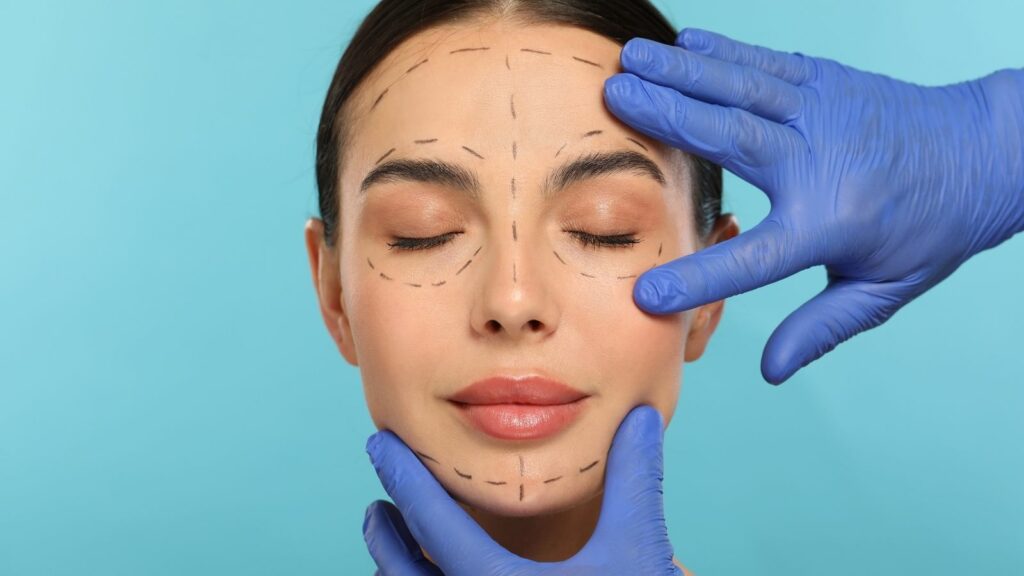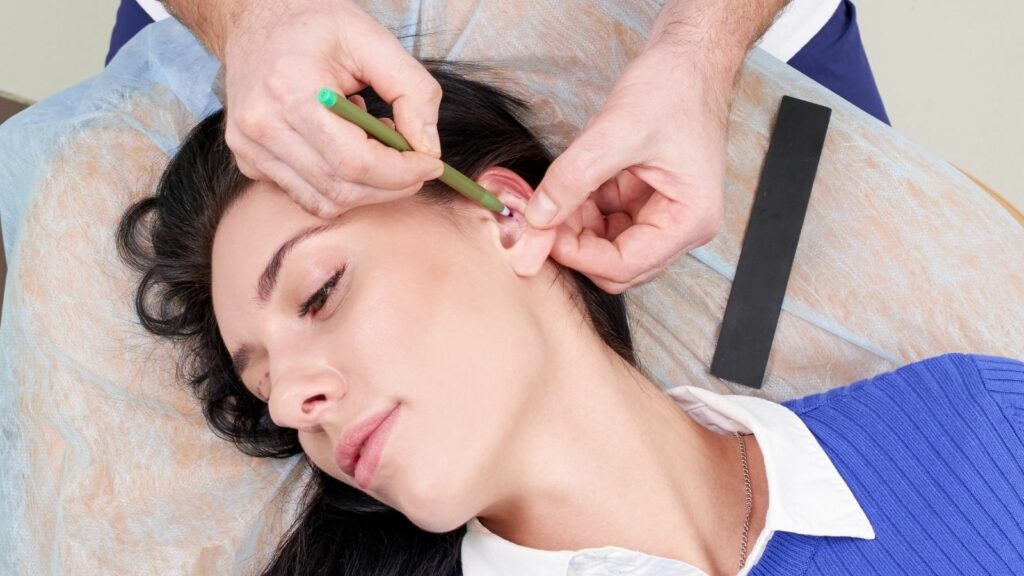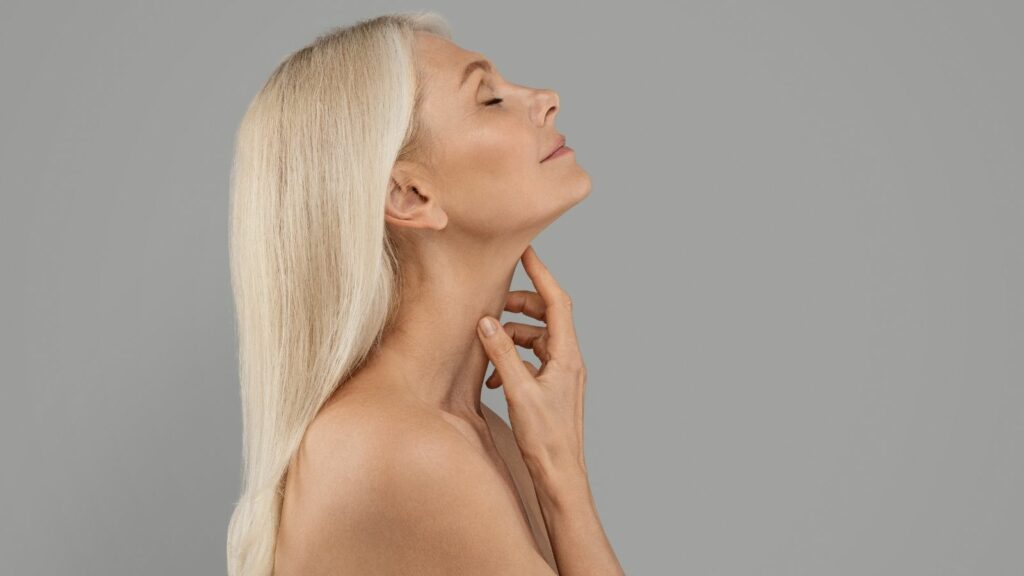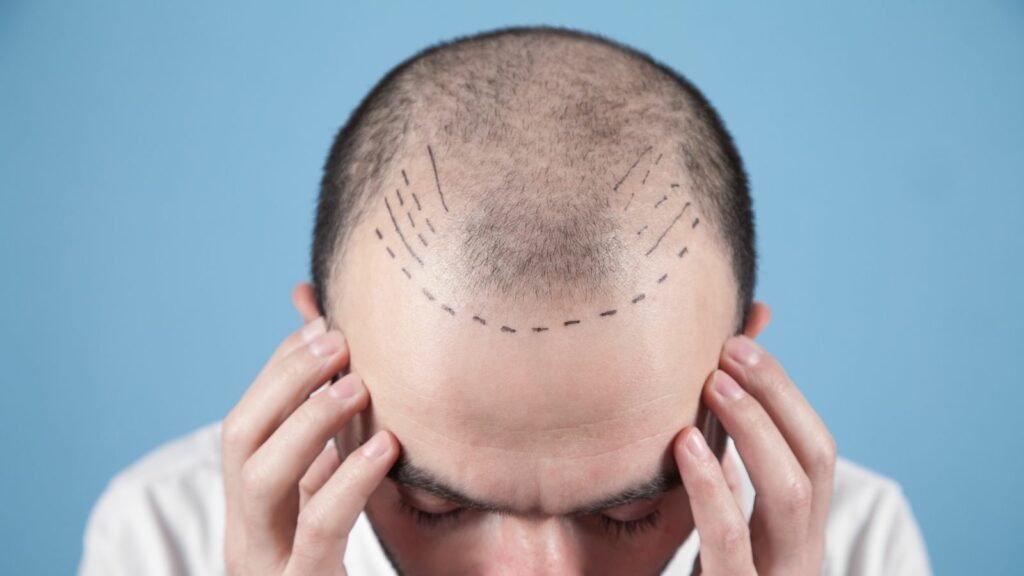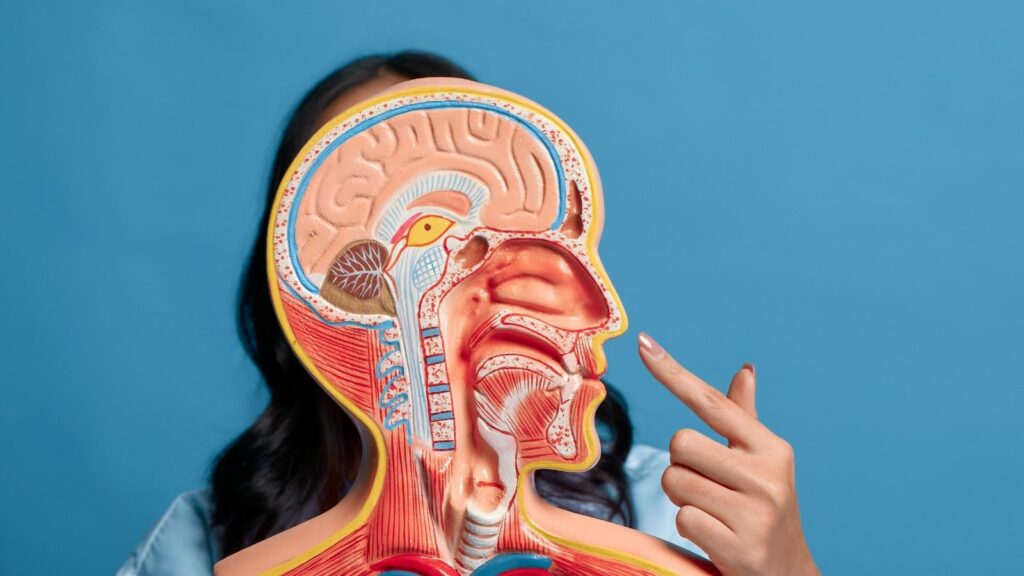Abroad rhinoplasty is a frequently preferred option, especially due to the experience of surgeons in different countries and the technological opportunities available. Patients are drawn to this service within the scope of international health tourism in order to achieve satisfactory results both aesthetically and functionally.
Those considering rhinoplasty abroad should take into account the areas of expertise of the surgeons, post-operative care processes, and the surgical techniques used when choosing a country. Turkey, in particular, stands out in this field with its affordable costs and high success rates.
Rhinoplasty prices vary across different countries. While surgery fees are higher in Europe and America, more economical solutions are offered in Turkey and some Asian countries. Thus, patients can find both quality healthcare services and budget-friendly options.
When planning rhinoplasty abroad, not only the choice of surgeon but also travel organization, recovery process, and follow-up examinations should be considered. Safe and regular post-operative care directly affects the success and permanence of the operation.
Why is rhinoplasty so popular and why is it so important to get it right the first time?
Rhinoplasty is among the most desired aesthetic operations worldwide. With the influence of social media and increasing aesthetic awareness, this popularity is growing day by day. The rhinoplasty market has become a multi-billion-dollar industry. However, there is also a shadow side to this bright picture: the difficulty of the operation.
Rhinoplasty is one of the most complex and delicate surgeries performed on the face. Unfortunately, this difficulty is reflected in post-operative statistics. According to the most competent institutions in the field, about 15% of rhinoplasty surgeries—nearly 1 out of every 6-7 procedures—require a second corrective surgery called revision.
For patients, this means not only disappointment but also a serious burden. If the first surgery fails to meet expectations or does not resolve functional issues such as breathing problems, the person is forced into another surgical process. Revision surgery brings several major challenges:
- Financial burden
- Physical strain
- Emotional stress
- Having to step away again from work and social life
For all these reasons, there is a very strong demand among patients: “getting it right the first time.” Patients are no longer looking for someone who will just beautify their nose, but for a reliable surgeon who will manage this challenging process with minimal risk, the most predictable results, and the highest success rates. This quest is now the main motivation shaping patient choices today.
What do patients consider when deciding on rhinoplasty abroad?
When people travel abroad for healthcare, i.e., health tourism, it happens due to a combination of “push” and “pull” factors. “Push” factors are the reasons that drive a person away from their own country’s system. The most common ones include exorbitant surgery fees, long waiting lists that may last months or even years for special surgeries, or the absence of a sought-after specialist or advanced technology.
“Pull” factors are the advantages offered by the target country. Lower costs, access to modern facilities and the latest technology, the international reputation and experience of doctors, and the general touristic appeal of the country are among these factors.
However, for today’s conscious patient, this decision is much more complex than simply comparing a price tag. It is a risk-reward analysis that must be thought through in every respect. The main factors patients evaluate in this complex decision-making process include:
- Total cost, including treatment, travel, and accommodation
- Ease of transportation and travel time
- Language, cultural familiarity, and ease of communication
- Technological infrastructure and quality of hospitals and clinics
- General image of the country’s healthcare system and patient reviews
- Appeal of the environment in which the recovery will take place
- Safety, possible risks, and likelihood of success
Research reveals an interesting fact: often “trust in the surgeon” and “the reputation of the clinic” become more important criteria than even low prices. This shows that what a healthcare institution must provide to international patients above all else is not just competitive pricing, but unshakable trust. That trust is built through transparency, proven success, and a patient-centered approach.
Which countries stand out for rhinoplasty worldwide, and what is Turkey’s position in this field?
Many countries have become international hubs in aesthetic surgery. When it comes to rhinoplasty, Turkey, Mexico, South Korea, and some Eastern European countries are frequently mentioned. Each has its own unique appeal. For example, South Korea is known for advanced facial surgery techniques, while Mexico is recognized for its proximity to the U.S. and cost advantage.
On this global stage, Turkey has carved out a very special and strong position for itself. According to the International Society of Aesthetic Plastic Surgery (ISAPS), Turkey ranks among the top three countries in the world for rhinoplasty, with more than 68,000 operations performed annually. This represents an immense accumulation of experience.
Turkey’s success lies in combining several important advantages: highly experienced and specialized surgeons, modern hospitals that meet international standards, much more affordable costs compared to Western countries, and a well-developed tourism infrastructure that facilitates the entire process. This unique combination makes Turkey almost a “magnet” in the global market. For conscious patients, this means “access to top-level care at a smart budget.”
What is behind Turkey’s recognition as a center of excellence in facial aesthetic surgery?
Turkey’s leading position in rhinoplasty is not a coincidence but a success story built over years. The foundation of this success lies in measurable experience and significant advantages that enhance service quality.
The numbers clearly reveal the scale of the story. In 2023, Turkey welcomed 1.8 million health tourists, proving its extensive experience in this field. A significant portion of these patients chose Turkey for aesthetic operations, with facial and head surgeries being the most in demand. Rhinoplasty ranked as the second most requested aesthetic procedure among international patients, following liposuction.
This high demand creates a “cycle of expertise.” A large number of patients allows surgeons to handle many more cases. A surgeon performing hundreds of rhinoplasties annually encounters patients from different ethnic backgrounds, those who have had previous surgeries (revisions), or those with anatomically challenging noses. This represents an accumulation of experience that a surgeon in another country may not acquire even in years. Increasing experience enhances surgical skill; improved skill leads to more successful and predictable results; successful results boost the reputation of the country and the surgeon, attracting more patients. This is a cycle where quality constantly sustains and elevates itself.
The “Turkish Model” in health tourism offers patients some concrete advantages.
- Cost Advantage: Rhinoplasty costs in Turkey are 40-60% lower compared to the UK, Germany, or the USA. This difference arises not from quality, but from the country’s general economic conditions and favorable exchange rates.
- High Quality Standards: Many leading hospitals in Turkey hold JCI (Joint Commission International) accreditation, which is considered the global gold standard in healthcare. This means these facilities are audited at the highest level in terms of safety and quality.
- All-Inclusive Service Approach: Stress-free packages designed for international patients typically include surgery, hospital, medications, comfortable hotel accommodation, all VIP transfers, and interpretation services. Patients only need to focus on recovery.
Why do Turks living in Europe especially prefer Turkey for rhinoplasty?
For Turks living in countries such as Germany, France, and the Netherlands, traveling to Turkey for rhinoplasty carries much deeper meanings than just a medical trip. It becomes a cultural advantage, a “return home” story.
The strongest driving force behind this decision is not cost, but cultural and linguistic closeness. Being able to express one’s aesthetic concerns, expectations, and fears to a surgeon in one’s native language, down to the finest detail, is priceless. This direct communication without an interpreter eliminates the risk of misunderstanding and creates a much deeper bond of trust between patient and surgeon.
Moreover, Turkish surgeons have natural familiarity with the facial anatomy and aesthetic perceptions of people of Turkish and Middle Eastern origin. In this approach, known as “ethnic rhinoplasty,” the goal is to preserve the patient’s identity and characteristic facial features while creating a natural and harmonious beauty. For patients who want a nose that looks natural and not “done,” rather than an artificial, identical-looking result for everyone, this is crucial.
Some of the main reasons why Turks in Europe choose Turkey include:
- The comfort and trust provided by communicating in their native language
- Surgeons’ familiarity with Turkish facial structures and aesthetic expectations
- Recovering in a familiar culture, feeling at home
- The possibility of combining surgery travel with family and homeland visits
- Access to high-quality healthcare at more affordable costs
In this context, for these patients the decision is not “going abroad for surgery,” but “returning home for the best care.”
How can patients be assured of safety during rhinoplasty abroad?
The most natural and important concern of a patient considering surgery abroad is safety. By taking the right steps and conducting thorough research, risks can be minimized. There are key points to pay attention to when choosing a reliable clinic and surgeon.
Clinic Accreditation: It is important to check whether the clinic or hospital holds international accreditation such as JCI (Joint Commission International). This shows that the facility’s safety and quality standards are recognized worldwide.
- Ministry License: The facility must have an “International Health Tourism Authorization Certificate” issued by the Turkish Ministry of Health.
- Surgeon’s Expertise: It is essential to ensure that the surgeon is a member of national professional associations such as the Turkish Society of Plastic Reconstructive and Aesthetic Surgery (TPRECD).
- International Memberships: The surgeon’s membership in prestigious international associations such as ISAPS, EAFPS, or RSE indicates that they follow global developments and best practices.
- Experience and Focus: The surgeon should have at least 5-10 years of experience specifically in rhinoplasty and be focused in this area.
- Before-and-After Photos: Asking the surgeon to provide an extensive portfolio of before-and-after cases from their own work, not others’, is the best way to assess their aesthetic vision and the consistency of their results.
Following these steps turns uncertain concerns into a data-driven and safe decision.
What does a modern rhinoplasty consultation and patient journey look like?
Today, the journey of an international rhinoplasty patient is highly organized with digital technologies that eliminate geographical distances and a service approach that maximizes patient comfort. The journey usually begins with an online form or email. Professional clinics respond to these requests within hours.
The process continues with a virtual consultation. Through video conferencing, this meeting allows the patient and surgeon to get acquainted, discuss aesthetic goals and expectations in detail. The patient sends nose photos from different angles, and the surgeon makes an initial anatomical assessment on these photos and provides insights about a possible surgical plan. This digital start builds a foundation of trust even before the patient travels.
One of the most exciting parts of this modern consultation is 3D imaging technology. The benefits of 3D imaging and simulation technology for both the patient and surgeon include:
- Tangible Visualization: Instead of abstract expressions such as “let’s lift the tip a little,” the potential outcome is clearly seen on a three-dimensional model.
- Realistic Expectations: The surgeon shows on the simulation what is and is not possible given the patient’s existing anatomy and skin structure, preventing disappointments.
- Shared Decision-Making: The patient actively participates in the design of their outcome by giving specific feedback such as “a little less” or “a little more” on the simulation.
- Increased Confidence: Clarifying the surgical plan visually reduces anxiety and increases the patient’s confidence in the process.
Once the patient arrives in Turkey, the all-inclusive service protocol kicks in. From being greeted at the airport with a private vehicle to settling into a comfortable hotel, and attending all clinic appointments accompanied by a dedicated patient coordinator—every detail is planned. This flawless organization allows the patient to focus entirely on surgery and recovery.
The recovery process is managed with the same precision. Typically, a 7-10 day stay is sufficient. During this time, a final check-up is performed about a week after surgery to remove the splint and stitches. Before returning home, patients receive detailed instructions on medication use, nasal care, and activities to avoid. A good clinic maintains communication even after the patient returns home. Recovery is monitored through photos sent at specific intervals (3rd month, 6th month, 1st year), and all patient questions are answered. This long-term follow-up is the clearest indicator of care and responsibility.
What advanced technologies and techniques are used in modern rhinoplasty?
In recent years, rhinoplasty has undergone a major philosophical and technological revolution. The goal is no longer just to reduce or reshape the nose, but to preserve its natural structures as much as possible, work more precisely, and achieve long-lasting results both aesthetically and functionally.
What is Preservation Rhinoplasty and what advantages does it offer?
This is a gentler surgical approach. In the traditional technique, the dorsal hump is removed with tools such as chisels and rasps, which creates a gap in the nasal roof. In the preservation technique, however, the nasal dorsum is not touched at all. Instead, tiny pieces of bone and cartilage are removed from underneath, invisible parts of the nose. This lowers the entire nasal pyramid downward as a whole without disturbing the natural dorsal line. This approach offers several important advantages:
- A much more natural-looking nasal dorsum
- Less swelling and bruising due to less tissue damage
- A faster and more comfortable recovery
- Reduced risk of post-operative irregularities
What is Ultrasonic Rhinoplasty (Piezo Surgery) and how does it differ from traditional methods?
This is the technological revolution of rhinoplasty. The Piezo device uses sound waves to cut or shape bone. Unlike traditional hammer and chisel instruments, the greatest feature of Piezo is tissue selectivity. It affects only the hard bone tissue while sparing valuable soft tissues such as mucosa, blood vessels, nerves, and cartilage around it. It is like a sculptor delicately shaping marble with a fine tool. Clinical studies have proven that Piezo surgery is less traumatic than traditional methods and offers a more comfortable recovery.
Why are Structural Rhinoplasty and Septorhinoplasty so important?
While preservation techniques are excellent for the nasal dorsum, a structural approach is usually needed for the nasal tip’s aesthetics and longevity. Structural rhinoplasty not only shapes the nasal tip cartilages but also reinforces them with sutures and, if necessary, small cartilage grafts taken from the patient’s own body. This prevents the nasal tip from drooping, weakening, or losing shape even years later.
Septorhinoplasty, on the other hand, is a holistic approach combining aesthetics and function. Many patients who want rhinoplasty also have problems such as septal deviation that make breathing difficult. Septorhinoplasty resolves this functional problem by opening the airway and at the same time gives the nose the desired aesthetic shape. The result is a nose that not only looks beautiful but also breathes healthily.
Why is revision rhinoplasty more difficult and what does it teach us?
Revision rhinoplasty—surgery performed for the second or third time—is significantly more difficult than the first. The surgeon is no longer working on an untouched anatomy but on an area covered with scar tissue, weakened structures, reduced blood circulation, and often insufficient remaining cartilage for support. For this reason, revision surgeries are considered some of the most challenging operations in facial plastic surgery. The inherent difficulties of revision surgery include:
- Scar tissue remaining from the first surgery
- Weakened or damaged cartilage structure
- Need for additional cartilage (often taken from the rib)
- Higher risk of complications
- Longer and more difficult recovery
- Higher cost
These challenges of revision surgery actually provide the most important lesson for a patient having their first surgery: Make your first choice very carefully. Investing in an experienced surgeon who embraces modern and preservation techniques and inspires trust from the start is the smartest step to protect yourself from this difficult, costly, and emotionally exhausting process in the future.

